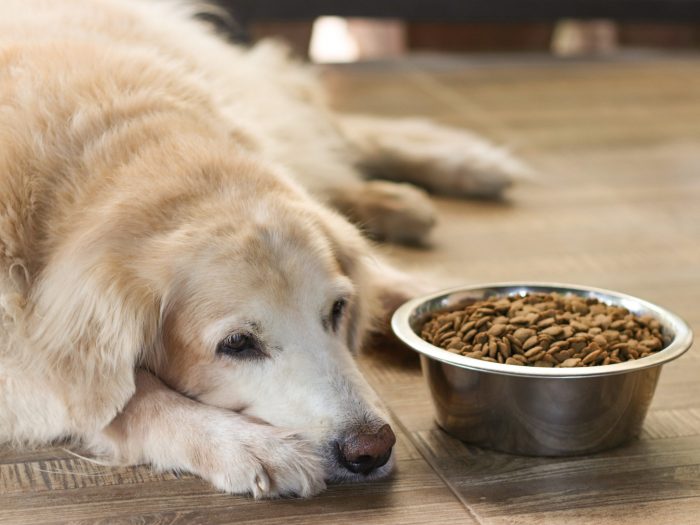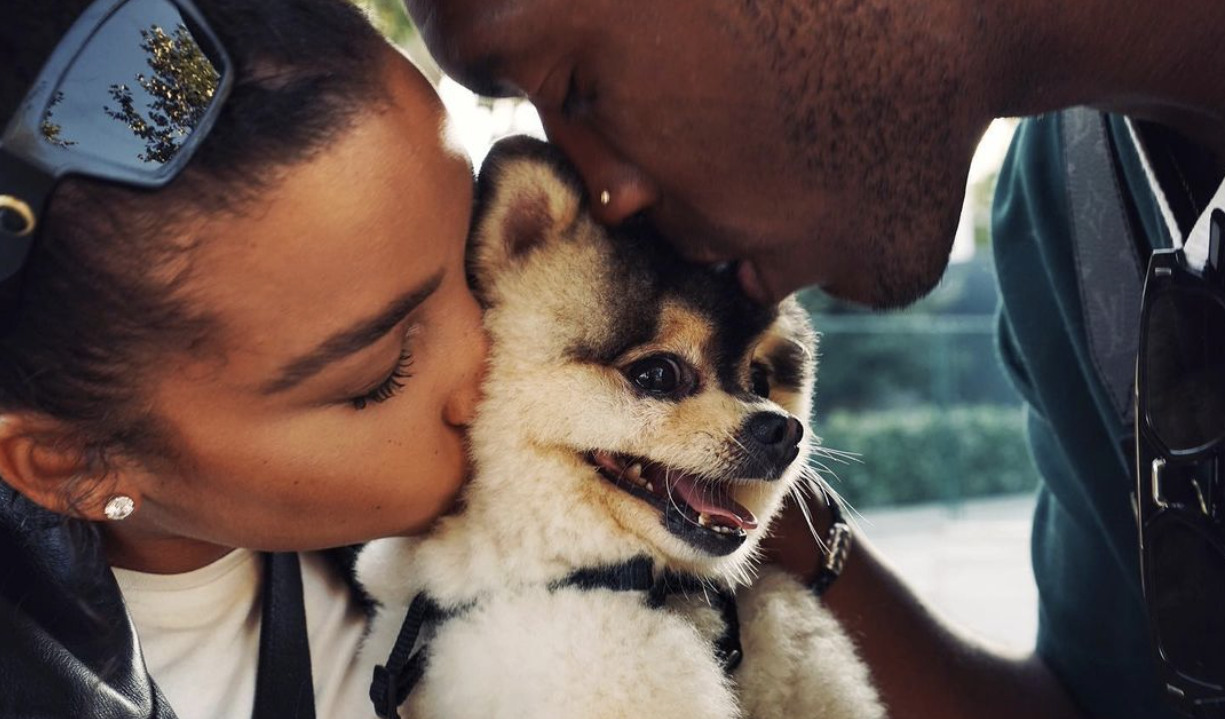As you know, pets have a natural ability to bring so much joy into our lives. They are there for us during the good times and the bad. Through all our celebrations and defeats, pets are truly our ultimate companions.
Unfortunately, each one of our pets will eventually pass away. The last thing anyone should ever want, however, is for their pet to suffer at the end of their life. Fortunately, we have a way of relieving our pets’ suffering for good, when no other means of doing so are possible. Thankfully, we have the option of humane euthanasia for our pets.
But how will you know when euthanasia is the right thing to do? How will you know when it’s time?
If:
- your pet is diagnosed with a terminal illness,
- all treatment options for your pet have been exhausted, or
- your financial or personal limitations do not allow your pet to be treated adequately,
these are the signs you should look out for to help you determine if it may be time to consider euthanasia for your pet, in no particular order.
1. Your pet won't eat or drink
If your pet refuses to eat or drink, no matter what you try, it’s safe to say your pet is not doing well. The consumption of food and water is a vital necessity of life, so ignoring such a basic instinct should always raise concern.
And don’t forget that syringe or force feeding doesn’t count. If your pet won’t eat on his or her own, this is a big red flag.

2. Your pet has trouble standing or walking
If your pet experiences significant difficulty in simply walking or standing up, this is a serious problem. Trouble with these basic functions may arise due to pain, severe arthritis, or a neurologic issue, for example.
Unfortunately, if an animal lays in one position for an extended period of time, bed sores can develop and result in significant pain and even infections.
Ultimately, if your pet struggles to even stand or walk, their quality of life will only continue to diminish, and this is a big concern.

3. Your pet is always depressed
If your pet loses interest in the activities he or she once loved to do, this is a big clue as to how he or she are doing and feeling. Depression in dogs and cats is a big indicator of a poor quality of life, so if your pet simply has no interest or ability to do anything but lay down or sleep, this is a big sign to take note of.

4. Your pet is in pain
Pain is also a major contributor to a poor quality of life. If your pet exhibits frequent signs of pain which cannot be controlled with the various medications or other treatments as directed by your veterinarian, euthanasia may be something to begin thinking about.
Common signs of pain in your dog or cat may include limping, frequent whining or moaning, a reluctance to move, or simply depression. An examination by your veterinarian can help further determine if your pet is experiencing pain.

5. Your pet cannot control their bodily functions
If your pet becomes incontinent, or loses the ability to control the elimination of their bowels and bladder, this unfortunately may be just the beginning of his or her decline.
You see, if your pet consistently soils his or herself, scalding of the skin from their urine or feces can result. This can lead to infections and pain which will only contribute further to your pet’s suffering.
Cleaning up after your pet multiple times per day is also likely to become a huge burden on you as his or her pet owner, which will ultimately affect your quality of life, too.

6. Your pet has other symptoms that cannot be managed
In the end, it is important too that your pet does not experience significant nausea, discomfort, respiratory trouble or any other significant stress on their quality of life on a day to day basis. In many cases, symptoms like vomiting, diarrhea or coughing for example can be controlled through the use various medications prescribed your veterinarian. However, if these treatments ultimately lose their effectiveness and nothing else can be done to help your pet, putting your pet down may be the next best thing to consider.

In the end, it always comes down to maintaining a decent quality of life. If your pet’s quality of life is poor and cannot realistically be improved, euthanasia can and should be considered as a way of relieving your pet of their pain and suffering.
If you are going through the difficult decision of whether or not it is time to euthanize your pet, we hope that this article helps to guide you by outlining the signs to look for in determining your pet’s quality of life and ultimately, if your pet’s time has come.
Euthanasia is truly a kind and thoughtful gesture we can offer our pets when necessary. Considering all the joy and happiness our pets bless us with over the course of their lives, the least we can do for them in their time of need is to give them one final gift– The gift of peace.






